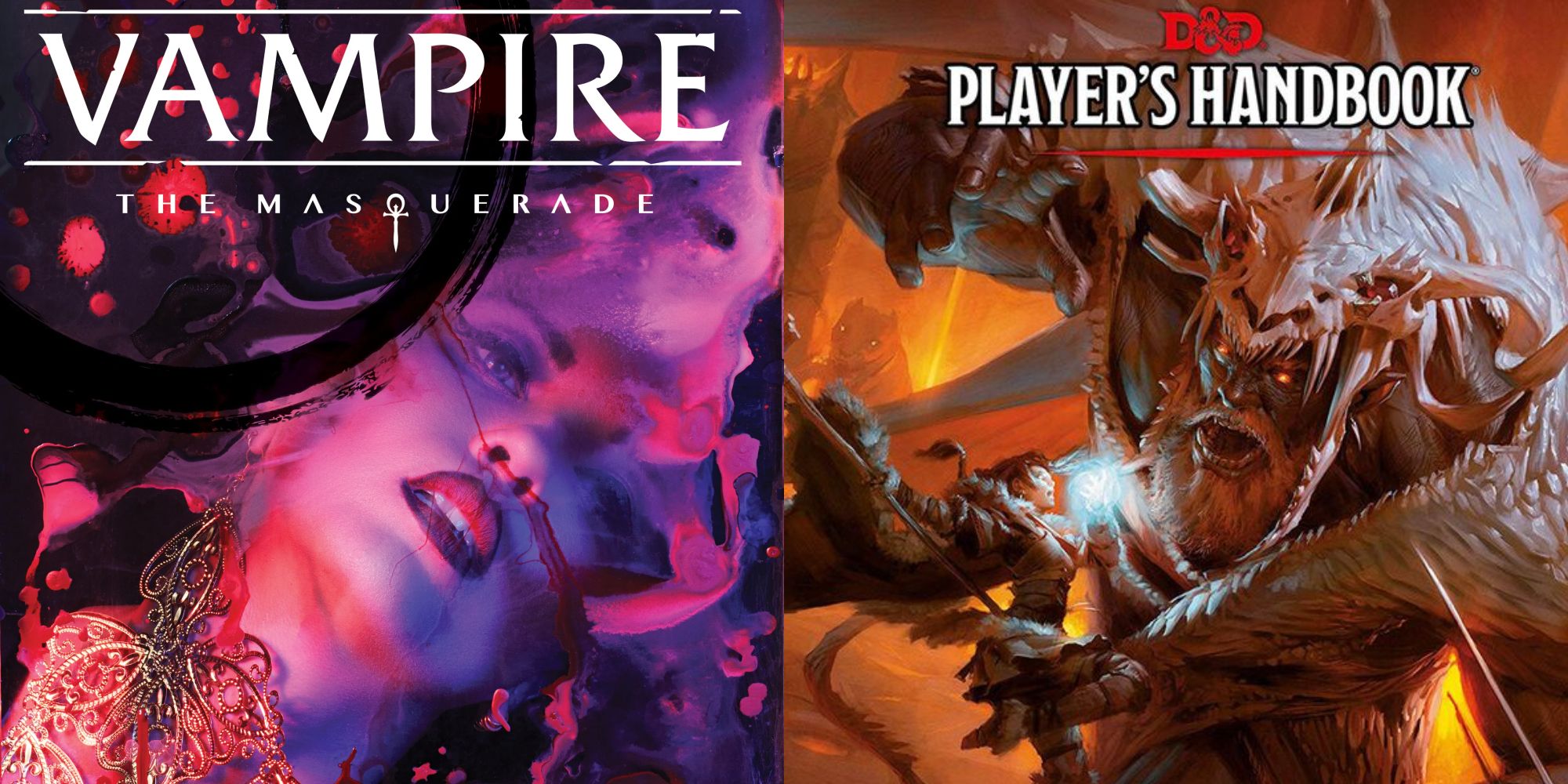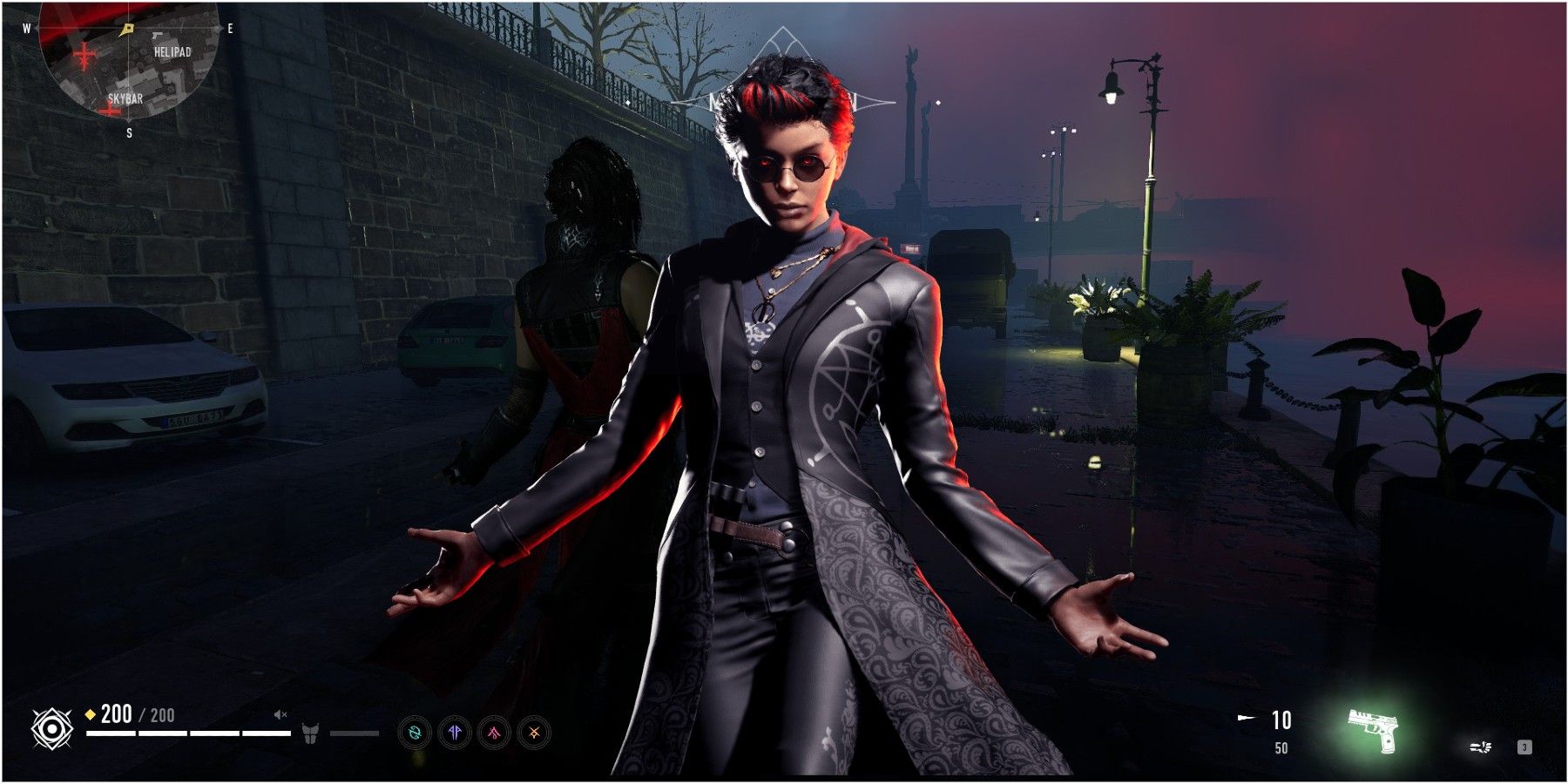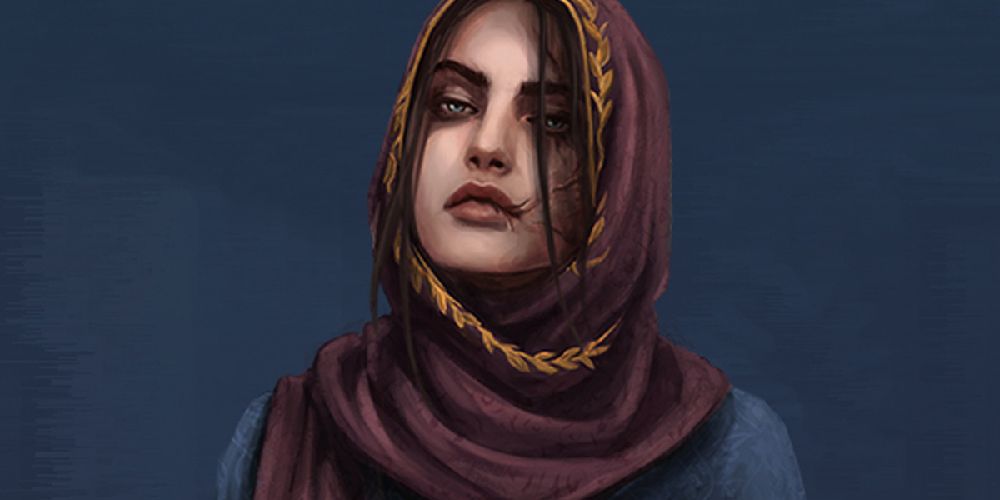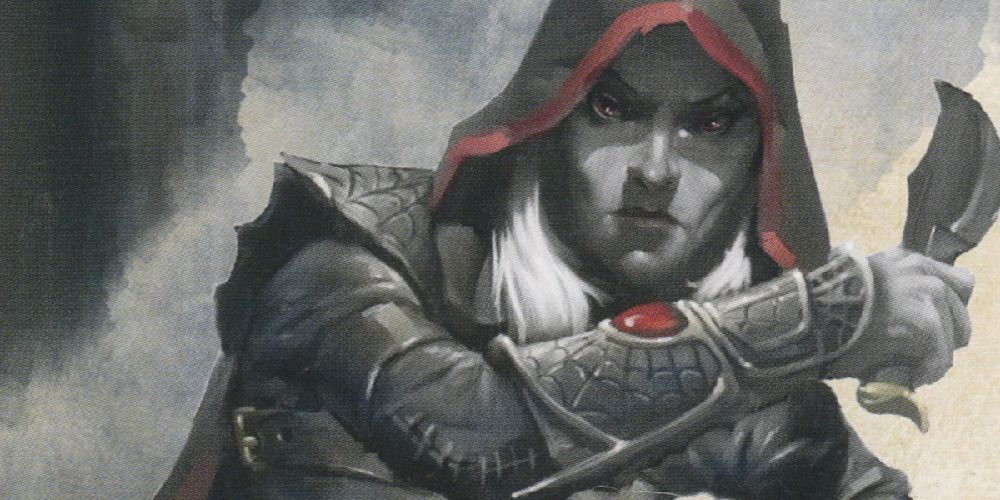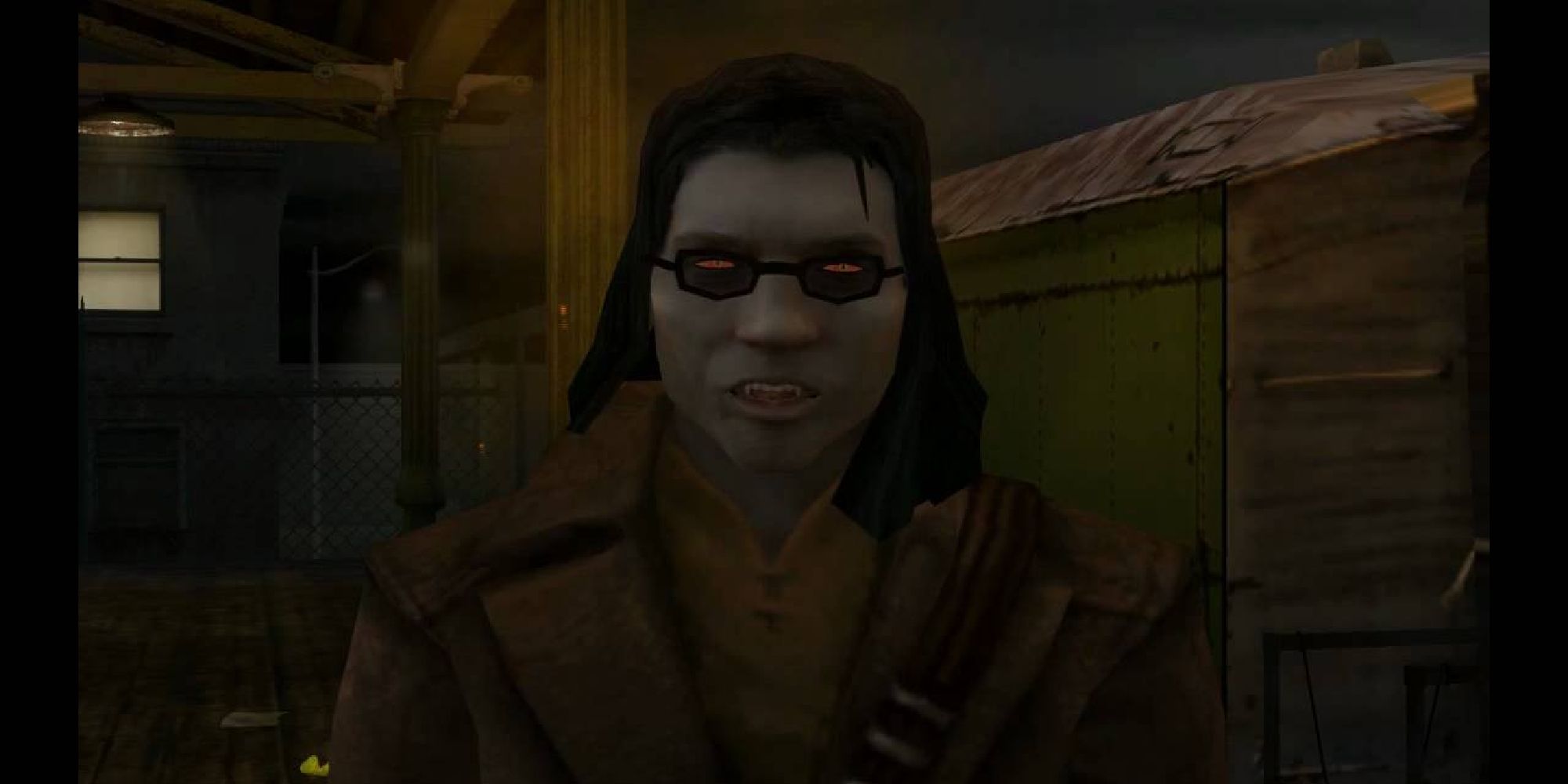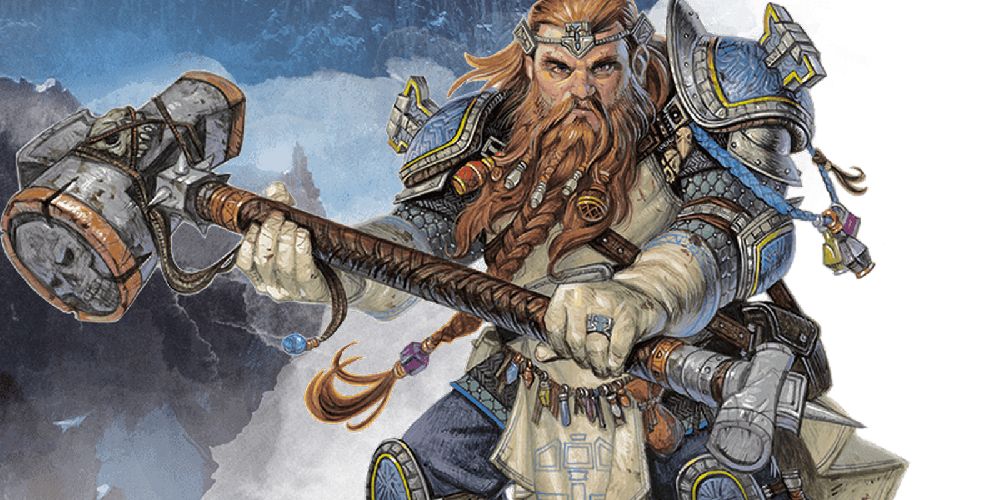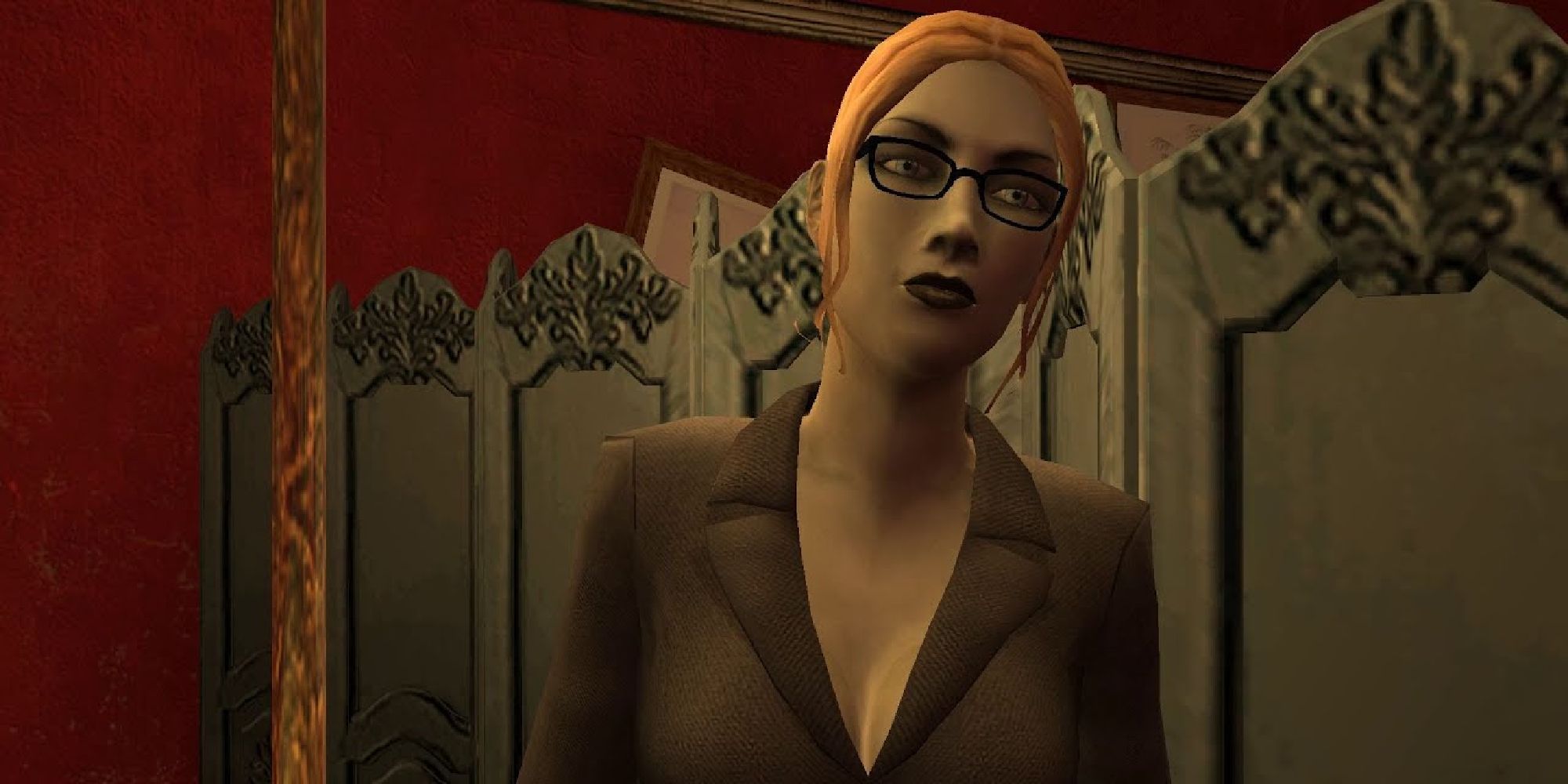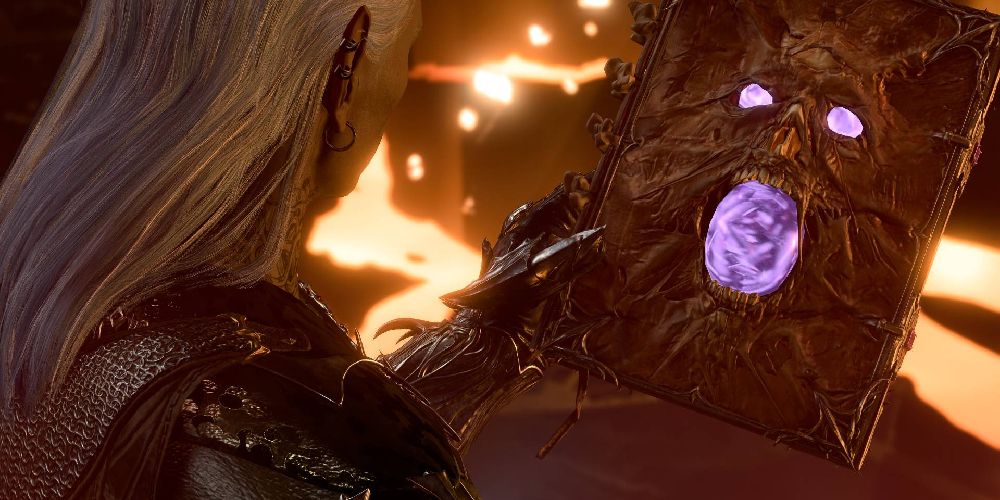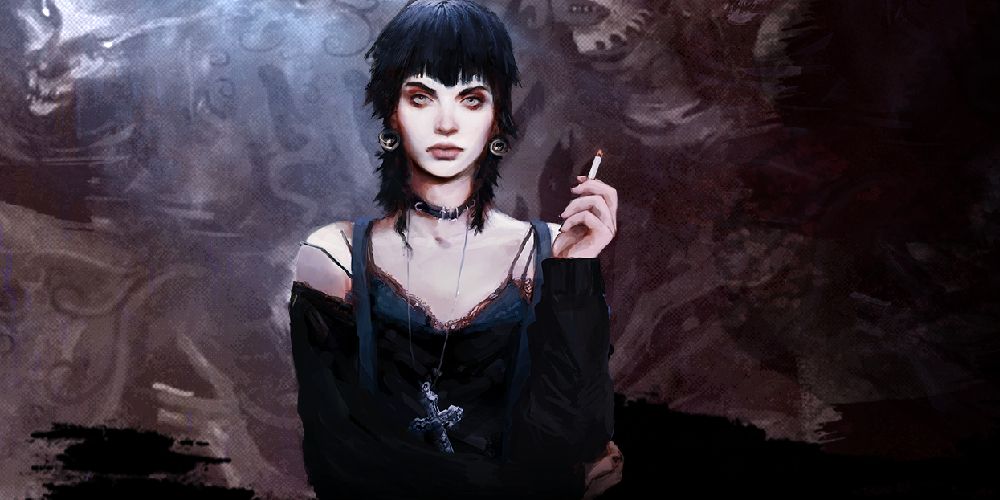With Bloodlines 2 well and truly revived from torpor, there are many people who will be delving into the RPG or pen and paper game for the first time, or returning from a long break, perhaps spent with D&D or Baldur's Gate 3. It is quite common for players of one TTRPG (short for table-top RPG) to dabble in other systems, with White Wolf's cabinet of horror and intrigue a popular choice second only to WotC's darling franchise.
The world of vampires can be a little daunting to new players with the confusing layout of its core book and many rules and tidbits of lore they need to familiarize themselves with to truly be immersed in the world of darkness. The first thing players ought to learn are clans, and which one to play. It can be tough to decide with many clans available and some overlapping in terms of themes and abilities.
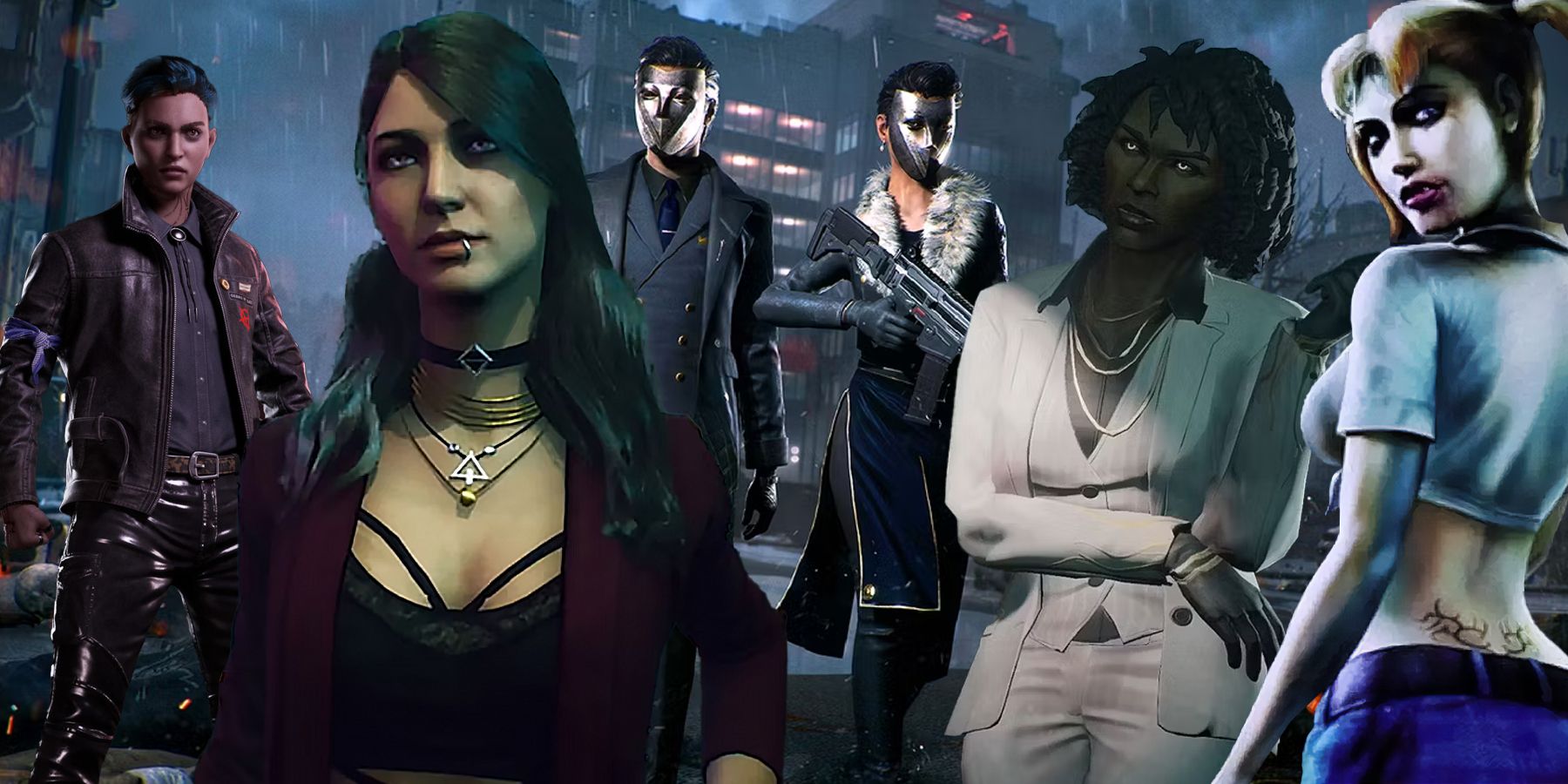
Vampire: The Masquerade - 11 Strongest Clans
All vampires in Vampire: The Masquerade have strengths and weaknesses, but which clan is the strongest?
10 Brujah
Fighter/Barbarian
- Clan Disciplines: Potence, Presence, Celerity
- Clan Archetypes: Cancer in the System, Voice of the People, Blood Worshipper, Trolling Punk, Monster In Design
- Clan Faction: Predominantly Anarch
- Clan Bane: Violent Temper
The Brujah are known as rabble-rousers, true Anarchs and the clan that are known to punch the hardest. As such, most VtM players look at Brujah as the Fighter equivalent, as one of their clan disciplines is Potence. Potence can be thought of as similar to D&D's rage equivalent, as it allows them to fight harder and better. Plus, the one weakness of the clan is how they easily fall into fits of anger, making them the vampiric mirror image to Barbarians.
As they are often chosen for the battle prowess, the Brujah clan is the quintessential pick for Barbarian or Fighter mains, and they will find much to enjoy about playing this clan. They are much simpler to get to grips with in terms of mechanics and role-play, as they just have to play the angry punching guy. More experienced RPers can undoubtedly add nuance and layers of depth, but they are perfect for new and nervous players who want to keep things simple.
9 Tremere
Wizard
- Clan Disciplines: Auspex, Dominate, Blood Sorcery
- Clan Archetypes: Determined Scholar, Witchcraft Expert, Eternal Detective, Niche Podcaster
- Clan Faction: Predominantly Camarilla
- Clan Bane: Deficient Blood
Once mages that sought to unlock the secrets of eternal life, the Tremere are as close to Wizards as VtM will get. Their scholarly approach to magic, and the road to immortality that resulted in the creation of their clan, Wizard players will feel right at home among Tremere Chantry's.
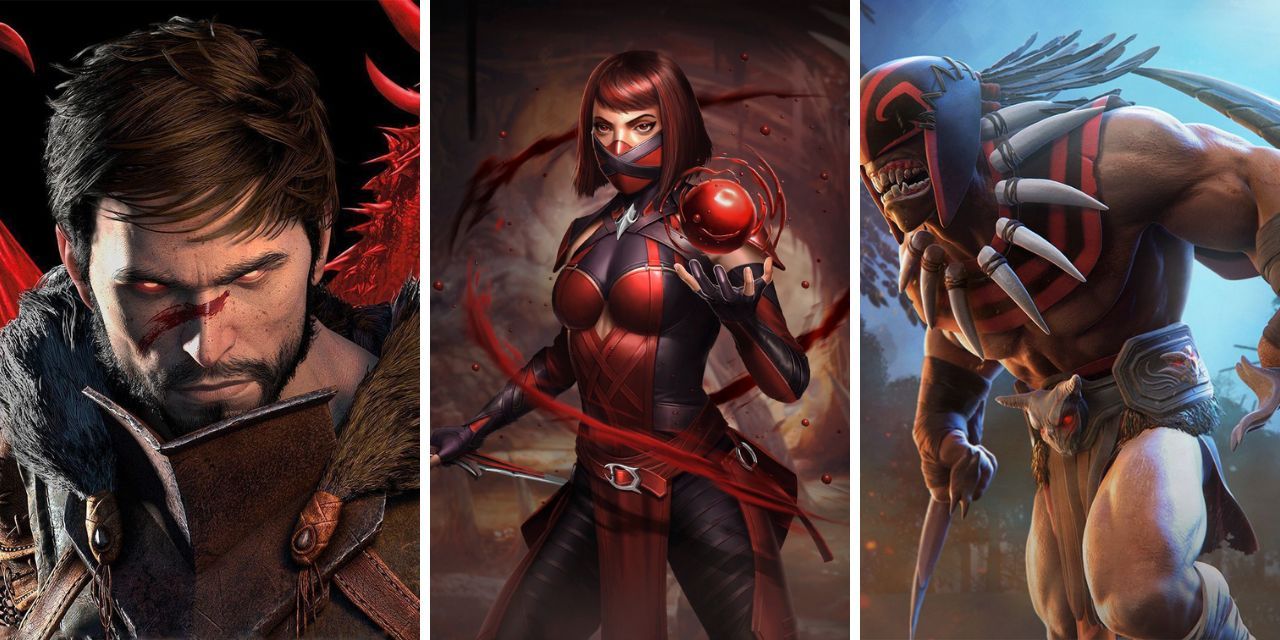
10 Video Game Series That Have Blood Magic
Blood magic is a unique ability that is often seen in video games, and these are the best blood magic users in video games.
As one might expect, the Tremere can use their blood to perform Blood Sorcery Rituals, spells that allow them to do things such as turn their own spilled blood into a corrosive substance, or create potions that allow them limited flying capabilities, just to name a few. The Tremere are often intelligent, calculating and cautious, which are qualities a lot of D&D Wizards are known to have, and as such Wizard players will feel at ease playing a vampire Clan that so closely mirrors their favorite fantasy class. Just be ready to brush up on centuries worth of lore.
8 Toreador
Bard
- Clan Disciplines: Dominate, Presence, Celerity
- Clan Archetypes: L'Artiste, Stage Manager, Gadabout, Patron of the Arts, Thespian Spy
- Clan Faction: Predominantly Camarilla
- Clan Bane: Aesthetic Fixiation
Toreadors are hands-down the Bards of the vampire world. Known to other clans as divas, degenerates and artists, they perfectly embody the horny bard trope, but with a touch more class and elegance. Drawn to all things they find beautiful, be it art, fashion, architecture or people, they easily fall into obsessions and feel ill at ease in less than desirable surroundings.
With most Toreadors finding an artistic craft to pursue, they are much like Bards in this respect, and with their powers that can beguile, persuade and seduce others with ease, Bards will find themselves being a Bard even easier as a Toreador. But that is not to say that the Toreadors are only strong in these respects. Make no mistake, the Clan of Roses also has thorns, and nothing stings quite as much as a Toreador's ire.
7 Banu Haqim
Paladin
- Clan Disciplines: Blood Sorcery, Celerity, Obfuscate
- Clan Archetypes: Advocate, Local Sheriff, Hitman, Rehab Leader
- Clan Faction: Predominantly Camarilla
- Clan Bane: Blood Addiction
The latest clan to throw in their lot with the Ivory Tower, players who are stalwart and stick to their Paladin Oaths will most likely be drawn to the Banu Haqim. The world of VtM is rife with corruption and sin, and the Banu Haqim take it upon themselves to be the judges, jury and executioners of any vampires they find warrant punishment.
These vampires tend to a list of codes specific to this clan, such as the Law of Judgement, which orders them to strike down any Cainite found wanting. Strong and stalwart warriors, they also do have their own drawbacks players should be wary of. They are easily addicted to the taste of another kindred's vitae, and might drain them to their last drop if their willpower fails them, an ironic weakness for the iron-will clan of judges.
6 Nosferatu
Rogue
- Clan Disciplines: Animalism, Obfuscate, Potence
- Clan Archetypes: Private Investigator, Underground Dweller, Cleopatra, Tech Specialist
- Clan Faction: Predominantly Camarilla
- Clan Bane: Repulsiveness
When one is so ugly they violate the long-held Masquerade, they learn how to go unnoticed, living in long-abandoned crypts, mausoleums, or even scurrying down to the sewers to live among rats and filth. This is how the Nosferatu live night after night, hiding their repulsive appearance in places few mortals dare venture, or using Obfuscate to turn invisible when they must venture out into civilization.
They are perhaps even stealthier than D&D's staple stealth class Rogues, with abilities to make themselves completely unseen to aid their allies in combat or spy-work, which Rogues are normally appointed for. As such, Rogue players will feel at ease in the stealthy shoes of the Nosferatu, even if their appearances are very unfortunate. But this is sometimes a draw for some players, as it offers some fantastic and tragic role-play scenarios.
5 Gangrel
Druid/Ranger
- Clan Disciplines: Animalism, Fortitude, Protean
- Clan Archetypes: Uncaged Jailbird, Storyteller, Business First, Veterinarian
- Clan Faction: Predominantly Anarch
- Clan Bane: Bestial Features
Druids and Rangers are the class for animal lovers, as it allows them to live out their dreams of taming and befriending wild animals, or even assuming the shape of them. This is the Gangrel Clan distilled down to their very basics, as their themes and powers all revolve around animals, be it using their blood to bind animal companions into their service, assuming the form of one at will, or sprouting random animal features as part of their clan weakness.
Often wanderers, nomads and lone wolves, Gangrel are the perfect choice for Druid and Ranger players, as the clan includes elements of both of these classes. With points in Fortitude and Protean they can also act as tanks or front-line fighters if the coterie is missing a Brujah or an equivalently strong vampire, as they can give themselves devastating strong claws or beef up their defenses to soak more hits.
4 Salubri
Cleric
- Clan Disciplines: Auspex, Dominate, Fortitude
- Clan Archetypes: Tired of Running, Misunderstood Healer
- Clan Faction: Predominantly Independent
- Clan Bane: Hunted
Those who like healing were most likely drawn to the cleric class in D&D. Although there are other classes that can heal, such as Paladins or the Celestial Warlock subclass, clerics are the bread and butter healing class that have the most spells and abilities centered around healing the wounds of themselves and their allies.
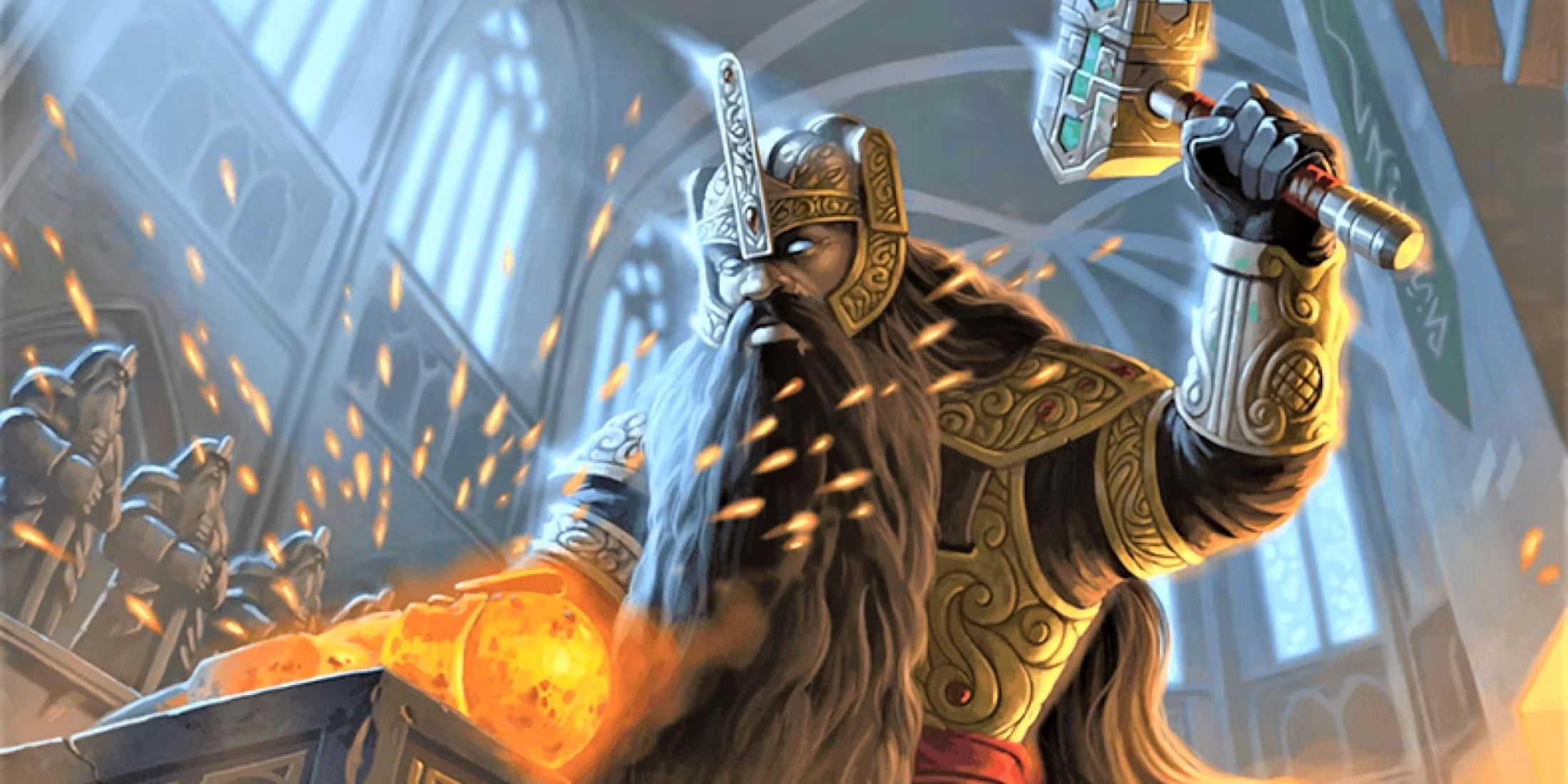
Dungeons & Dragons 5e: Best Cleric Builds
For those planning to start up a Cleric in Dungeons & Dragons 5e, here's everything worth considering to get the best builds out of the class.
Healing works completely differently in VtM, with each vampire able to risk raising their hunger to heal their own wounds, and their blood also able to heal others, though this has its own dangers given the effects of vampire blood. The elusive Salubri clan have been hunted to near extinction in modern nights after rumors circulated Salubri are out to steal the souls of other vampires. In truth, the Salubri are driven by intense compassion and empathy, and seek to help and heal their undead brethren. With certain discipline amalgamations, the Salubri are even capable of closing the wounds of their allies, making them the closest vampire clan to Clerics.
3 Malkavian
Warlock (Great Old One)
- Clan Disciplines: Auspex, Dominate, Obfuscate
- Clan Archetypes: Medium, Conspiracy Theorist, Broken Soul, Reporter
- Clan Faction: Predominantly Camarilla
- Clan Bane: Fractured Perspective
Burdened with forbidden knowledge none other knows and a mental infliction of some sort, the Malkavians are known as seers and portents of doom, able to lift the veil of obscurity to see the truth. Unfortunately, the reputation of Malkavian is known among all other kindred, thus their words are often taken with a grain of salt or outright ignored as the rantings of pure delusion.
This burden of secret or forbidden knowledge is shared with the Warlock class, who gain arcane secrets after making a pact with an otherworldly being or lesser deity. The Great Old One patron in particular holds close ties to the Children of the Moon, as players make a pact with a Cosmic being that steals away their sanity in exchange for power. Those who want to lean more into role-playing a warlock of this path should definitely choose clan Malkavian.
2 Hecata
Wizard (Necromancer)
- Clan Disciplines: Auspex, Fortitude, Oblivion
- Clan Archetypes: Back Alley Doctor, Fortune Teller, Mortuary Attendant, Crime Scene Cleaner
- Clan Faction: Predominantly Independent
- Clan Bane: Painful Kiss
Though fractured among a litany of varying bloodlines and families, the Hecata are united in one goal: the pursuit of knowledge of death, and moreso how to reverse it. They have a reputation among other clans as necromancers, able to summon and command the spirits of the fully deceased into doing their bidding, or the bidding of one who purchased their services.
In the way they doggedly pursue knowledge and thrive when studying their chosen subjects, clan Hecata bears some similarities to Wizards. But their obsession with death and raising those that have died is similar only to the Necromancer subclass. D&D players who favor this subclass above all others will enjoy role-playing as the death-dealing families.
1 Lasombra
Sorceror (Shadow Magic)
- Clan Disciplines: Potence, Fortitude, Oblivion
- Clan Archetypes: Religious Parasite, Ambitious Winner
- Clan Faction: Formally Sabbat, Now Predominantly Camarilla
- Clan Bane: Distorted Image
Ruthless, ambitious, Darwinists and shadow manipulators--these are all words that can be used to describe the clan of Magisters. Once the shepherds and rulers of the Sabbat clan, the advances in humanity's hunt for vampires drove them to the safety of the Camarilla, to the disgust of those that remained true. People who want to role-play a truly callous and monstrous vampire need to look no further than clan Lasombra.
They thrive in the darkness, able to use shadows as a form of transportation for themselves or unwilling victims, lash out with tentacles that can harm foes and a plethora of other nasty abilities. Those that have played as Sorcerers familiar with Shadow Magic will undoubtedly see the similarities between the two, and if they choose clan Lasombra (as they should), they will be able to enjoy the nefarious powers of darkness even more.

